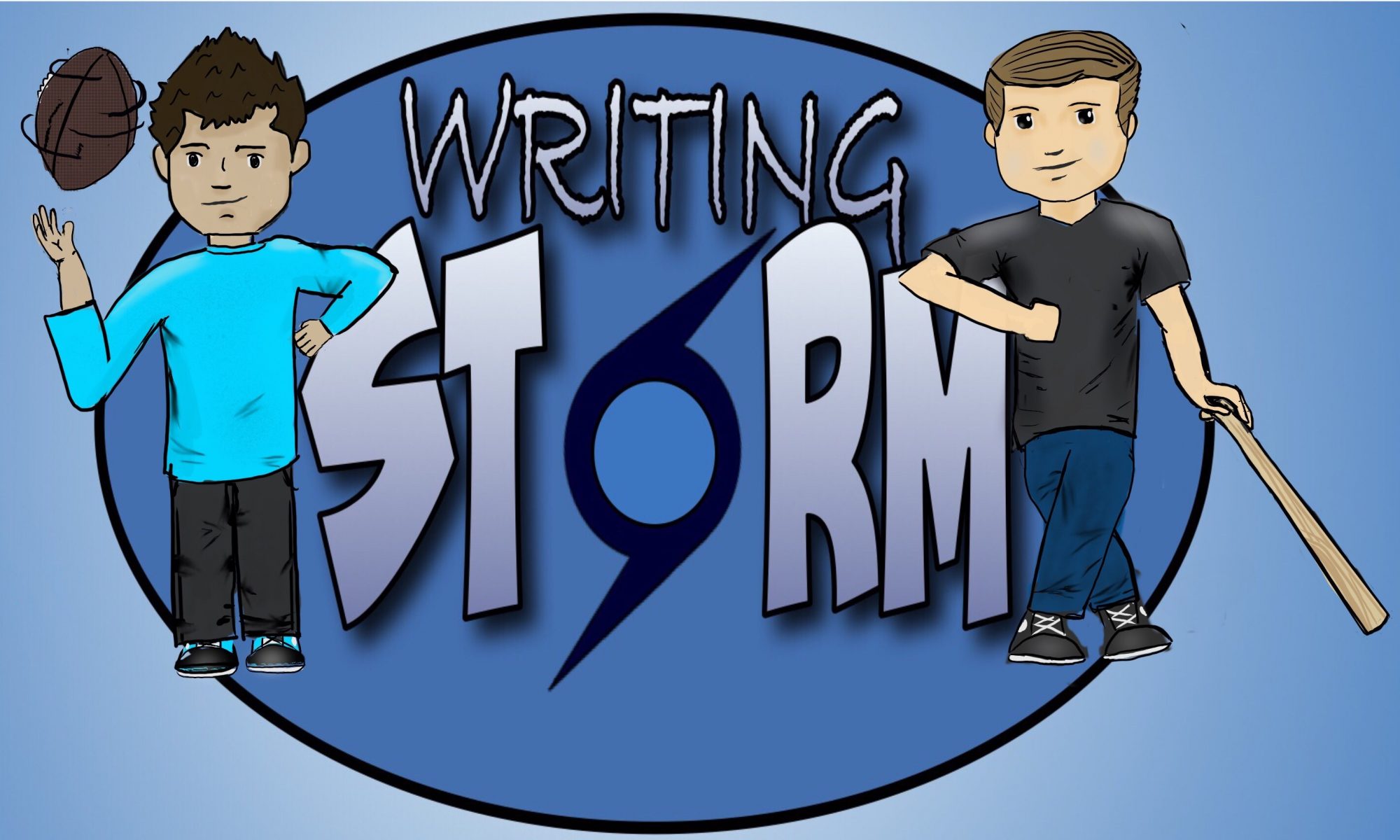Carroll, with one remaining timeout, did the math and erred on the side of ensuring a maximum amount of chances to get the ball across the goal line while limiting the chances that the Pats would have enough time to counter.
Bill Barnwell presents the following case:
If you’re thinking about the game coming down to those three plays, you can also piece together a case that second down is the best time to throw the ball. As Wilson took that fateful second-down snap, there were 26 seconds left and Seattle had one timeout. Let’s pretend for a moment that the Seahawks decide to run the ball on second down. If they don’t get it, they have to call timeout, probably with about 22 seconds left. That means they’re stuck passing on third down with virtually no chance of running the ball, because it would be too difficult to line up after a failed run.
On the other hand, by throwing on second down, you could get two cracks at running the football while providing some semblance of doubt for the Patriots. If Wilson’s pass on second down is incomplete (and he avoids a sack, which seems likely given his ability to scramble), the clock stops with something like 20 seconds to go. That means you can run the ball on third down, use your final timeout, and then run the ball again on fourth down. All three plays come with the possibility of either throwing or running, which prevents the Patriots from selling out against one particular type of play.
…[Runs] scored 54.1 percent of the time and resulted in turnovers 1.5 percent of the time, while passes got the ball into the end zone 50.1 percent of the time and resulted in turnovers 1.9 percent of the time. In a vacuum, the decision between running and passing on the 1-yard line is hardly indefensible, because both the risk and the reward are roughly similar.
The key phrase there, of course, is “in a vacuum.” This wasn’t a vacuum.
Justin Wolfers, for the New York Times makes a case that Carroll did the right thing according to game theory.
The key insight of game theory for an N.F.L. coach is that when you think about what choice you should make, you need to also consider the response from the opposing coach, understanding that he is also thinking strategically. This line of thinking suggests that you should not necessarily call a run play, even if you’re blessed with a great running back.
Tails
Ian O’Connor from ESPN hammers Pete Carroll’s decision
Carroll just had to make a decision any Pop Warner coach worth his whistle and drill cones would have made. Lynch was in full you-know-what mode, barreling his way through the New England Patriots and carrying the Seahawks to the league’s first two-peat since Belichick and Tom Brady pulled it off in a different life. Lynch already had 102 rushing yards and a touchdown to his name, and he had just planted Seattle on the Patriots’ 1-yard line.
…Instead of notarizing his standing as Belichick’s equal, Peter Clay Carroll made the dumbest and most damaging call in Super Bowl history.
…Gregg Popovich had Tim Duncan on the bench near the end of that disastrous Game 6 loss to Miami a couple of years ago. Grady Little left Pedro Martinez on the mound in that Game 7 in 2003 at Yankee Stadium. Rick Pitino didn’t put a man on Grant Hill for that three-quarters-court pass to Christian Laettner that decided Duke-Kentucky in 1992 — maybe the greatest college game ever played.But this was the mother of all screwups. Pete Carroll, the successor to Dick Clark as the world’s oldest teenager, got all silly and reckless at the worst possible time.
He cost his team the Super Bowl, and there was nothing even remotely fun about it.
Michael Silver for Michael Silver for NFL.com
When I asked receiver Doug Baldwin, in a quiet conversation near his locker, if he was shocked by Carroll’s decision to throw, he shook his head and said, “Come on, man — you’ve got common sense, too. … We have nobody to blame but us. My first thought was that we were gonna run it in — but coaches, they’re the ones that they know it better than us.”
Seattle linebacker Bruce Irvin was even more pointed, telling me, “We beat ’em, bro. We beat ’em. … I’m speechless. Best back in the league, and the 1-yard-line? It wasn’t even the 1 — it was like half a yard. I will never understand that, bro. I will never understand it. I will never understand. …
“When Jermaine caught that ball, I felt it was meant to be for us. Oh, no doubt — we’re gonna score. Beast Mode. Beast Mode! Best back on the (expletive) planet. That’s crazy!”
You can present the arguments and reasons why Carroll called a pass that you want. I, honestly, think that they make a lot of sense. The arguments are well thought out and appear reasonable. So why such the outrage? After the most amazing catch since David Tyree, the entire world knew that game was over. The inevitability of Marshawn Lynch scoring a touchdown with 4 consecutive run plays and giving Tom Brady three spectacular Super Bowl losses, left Patriot fans dead inside, because it was as sure as Kim Kardashian’s 3rd divorce. Some thought they should let Lynch in the end zone and try to score again. Nobody thought they should pass. Everyone was right. The coach was wrong.
This is the reason for the outrage. This is the reason why Pete Carroll is getting blasted. Keep it simple Coach. Feed the beast.
